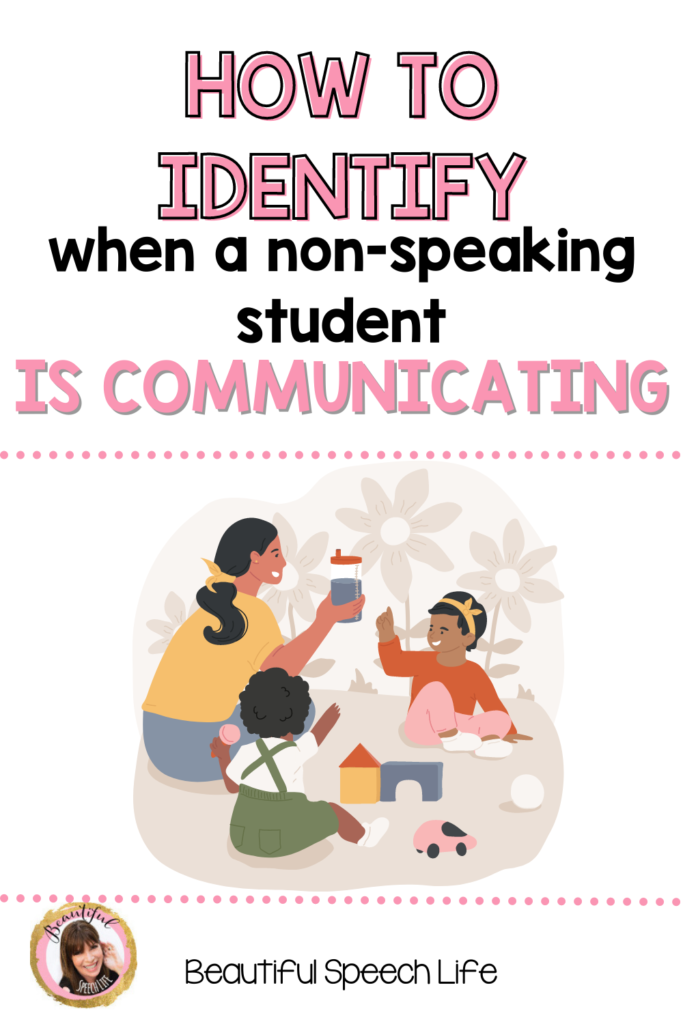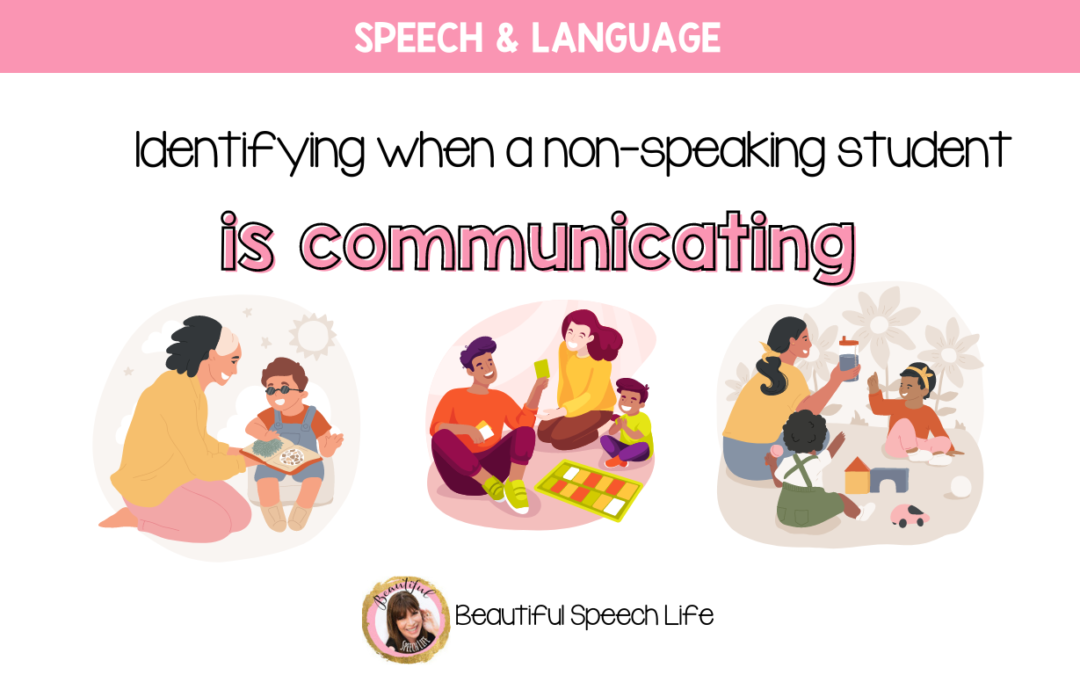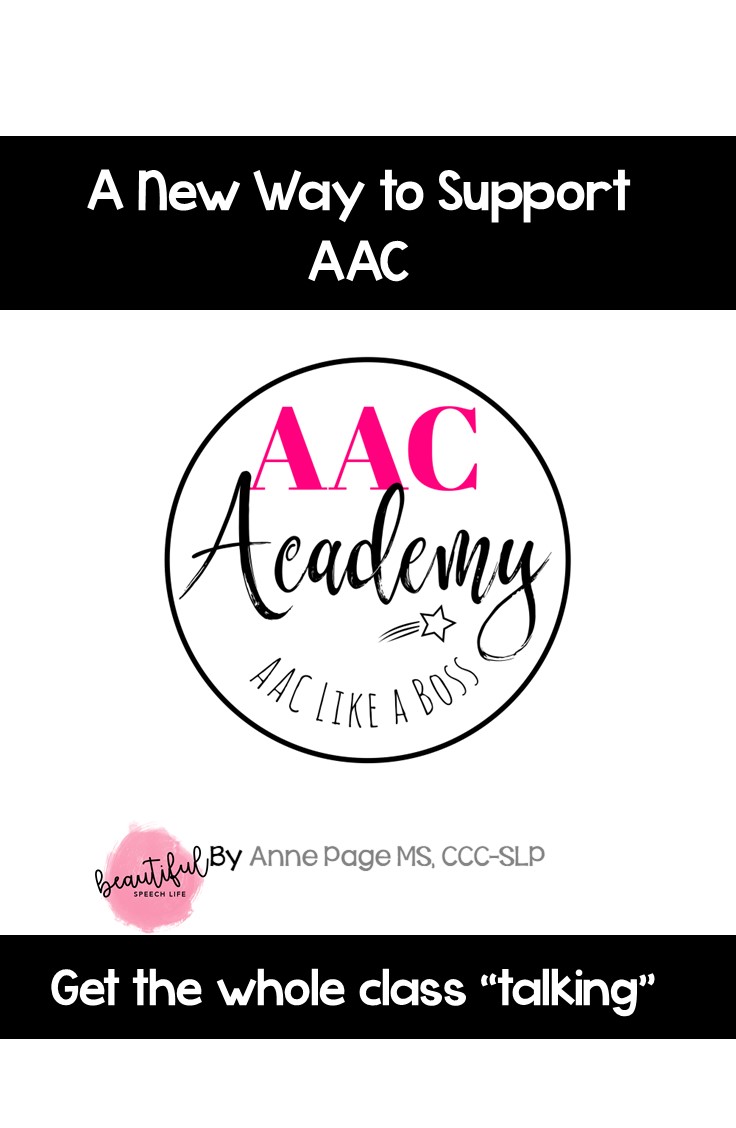Our goal as an SLP should always be to prioritize communication, rather than verbal speech. For each child to “say” what he wants to say, when he wants to say it. But it isn’t always easy to tell when a student is communicating with us.
When I first started working with students with significant cognitive disabilities, it was kind of scary because I didn’t know what to do when a student didn’t have a way to respond. Or at least I thought they didn’t have a way to respond.
As I’ve spent more time working with these students, I’ve learnt that they do have a way to respond. I just need to work out what that way is and use it to develop a system of communication that works for the student AND that more people in their environment can understand.
I learned that what you do is keep investigating and going back and trying things. Working to identify both speaking and non-speaking methods the student may be using to communicate.
Understanding the student’s baseline
One of the best ways I found to do this is to talk to the student’s family. Ask them things like, “How do you know when your child is uncomfortable?” or “What does he do when he is hungry?” Then you learn that there might be different cries, or that the child communicates he wants something by looking at it.
What we’re figuring out is the student’s baseline. Once we have that then the next step is working out how to build on it. We try to teach them a system of communication that we all understand – something that can take them throughout their lives.
With one student, we started noticing that he makes clicking sounds with his tongue and that means “I’m talking.” If you click back, he’ll click back. Now we’ve got a little conversation going on and we’re trying to build on that.
I also encourage you to share with your student’s parents and caregivers what they can do. Too often we are constantly telling parents and carers what their students can’t do. I share an example of how to do this in this Instagram post. In this example is a student I have who is starting to communicate by looking at people at they come into the room. I wanted to share with this student’s mother that there are things her daughter can do and that her daughter is starting to communicate.
And remember if you think a child may benefit from AAC, try it. There isn’t a need to wait. It won’t stop a child from developing speech. Actually, early implementation of AAC can help in the development of language and natural speech. (Romski et al., 2010; Luke, 2014; Wright, Kaiser, Reikowsky, & Roberts, 2013) It doesn’t need to be high tech. It can be as simple as a printed core board. You can get my Big Core Vocabulary Board here.
Looking to find out more about AAC? Learn more about my experiences with AAC in my interview with WIDA.
Pin to read later:



 Hey there I’m Anne Page. I help heart centered SLPs and educators put the fun in functional communication.
Hey there I’m Anne Page. I help heart centered SLPs and educators put the fun in functional communication. 